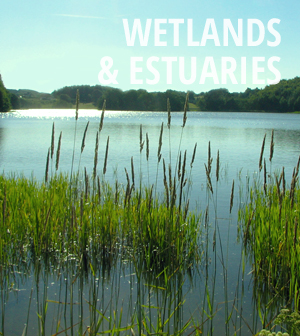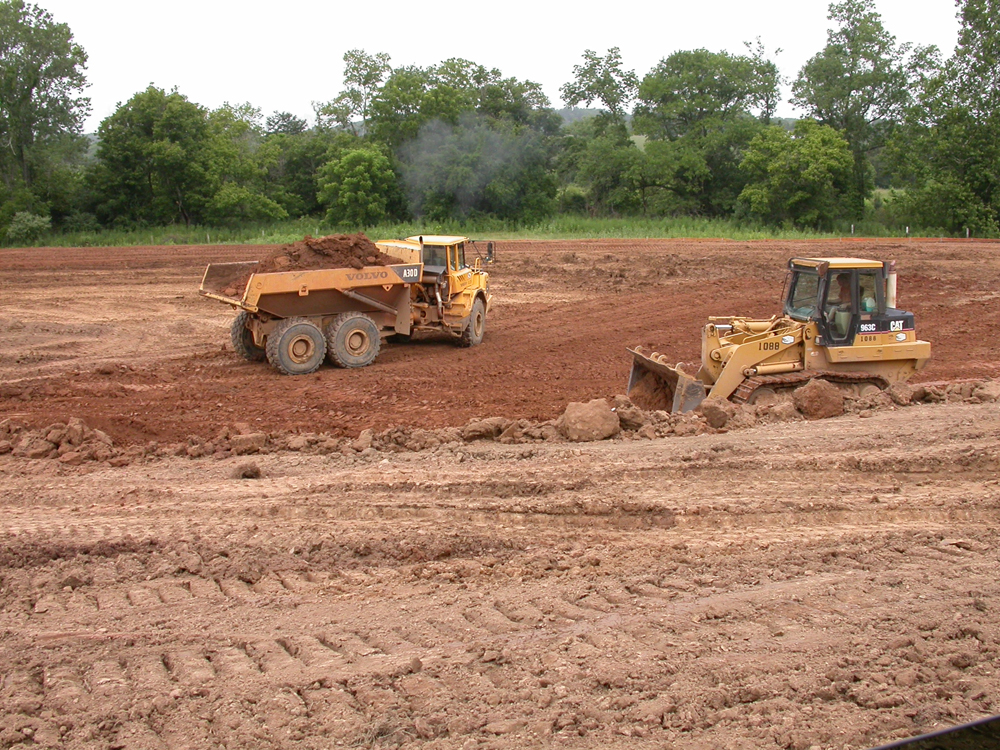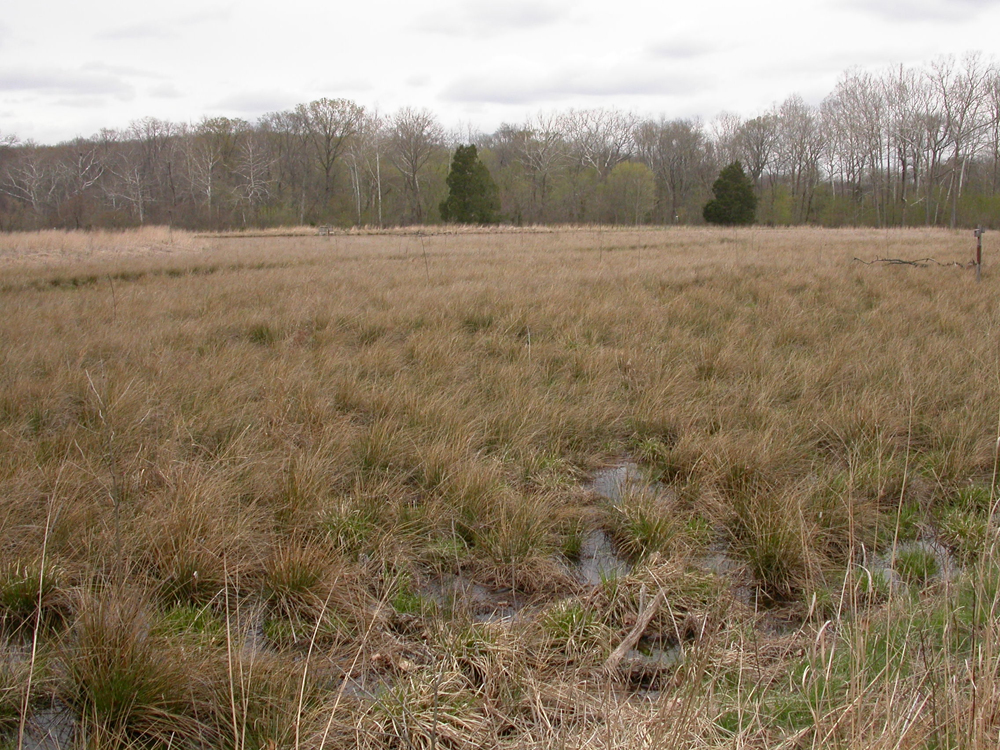Wetland mitigation projects fall short on water quality improvements

For more than two decades, wetlands have been constructed across the country in accordance with the Clean Water Act, which requires mitigation of any damage rendered to natural wetlands, often as a result of land development. A recent study by the U.S. Geological Survey has revealed that many of these constructed wetlands do little to improve the water quality of nearby rivers and streams.
The study, conducted between July 2008 to July 2009, examined data collected from six wetlands in northern Virginia, four of which were created as part of wetland mitigation efforts. The study’s researchers measured the amount and nutrient content of deposited sediment, nitrogen and phosphorus deposits, and biogeochemical transformations, among other variables.
Gregory Noe, a research ecologist for the USGS and one of the study’s authors, said the findings were pretty clear.
“The greater the amount of connectivity to stream or river water, the greater input of nutrients to the wetlands,” Noe said. Increased connectivity also allows for “more rapid cycling of nutrients in the wetland soils.”
The absorption of excess sediment, nutrients and pollutants by wetlands is vital to the hydrologic health of waterways. Most wetlands created for mitigation, however, are designed to achieve certain benchmarks laid out by the Clean Water Act, and don’t necessarily prioritize connectivity.
“These mitigation wetlands…are designed to maximize the odds that they will meet [the required] criteria,” Noe said. In what the ecologist referred to as a “bathtub design,” berms are often built around the wetland to isolate the water and regulate the site’s hydrology. Additionally, this allows the wetland to catch precise amounts of water — too much or too little can lead to the mitigation being deemed a failure.

This wetland mitigation bank project was designed with connectivity in Virginia (Credit: USGS)
Although limiting waterway connectivity can make wetland hydrology easier to manage, the practice greatly diminishes the filtering effect that natural wetlands provide.
Despite the water quality benefits of improved connectivity, there are reasons for limiting connectivity. “Provision of biodiversity or wildlife habitat is sometimes the goal of wetland restoration, and may be best managed by limiting nutrient and sediment inputs by limiting stream hydrologic connectivity,” the USGS study states.
Noe also mentioned that connectivity may be limited in order to prevent waterway pollution from contaminating created wetlands.
“Wetland creation is just one of the ways that an individual or corporation has to mitigate for wetland impact,” Noe explained. Preferably, land developers will seek to minimize impact, or avoid it entirely. If possible, the wetlands are restored on site — only when necessary are wetlands created elsewhere.

This wetland mitigation project wasn’t designed with connectivity but a stream broke through a berm and forced a connection (Credit: USGS)
Mitigation wetlands often struggle with soil quality issues, a problem caused by the mass removal of soil during the creation process.
“It takes a lot of years for the newly created wetlands to really behave like natural wetlands…because the soils are really poor quality,” Noe said. “Created wetlands often need more nutrients during their early stages.” Better connectivity to nearby rivers and streams can help assuage this deficit.
A successfully created wetland must generally meet three legal requirements: the development of wetland soil, wetland hydrology and the growth of wetland vegetation. Since building a wetland from scratch can be finicky work, many developers turn to companies that specialize in creating these ecosystems. The mitigation industry, Noe said, has become a “large economic enterprise.”
“Realistically,” Noe said, “[wetland mitigation] will continue going on for a long time.”




0 comments